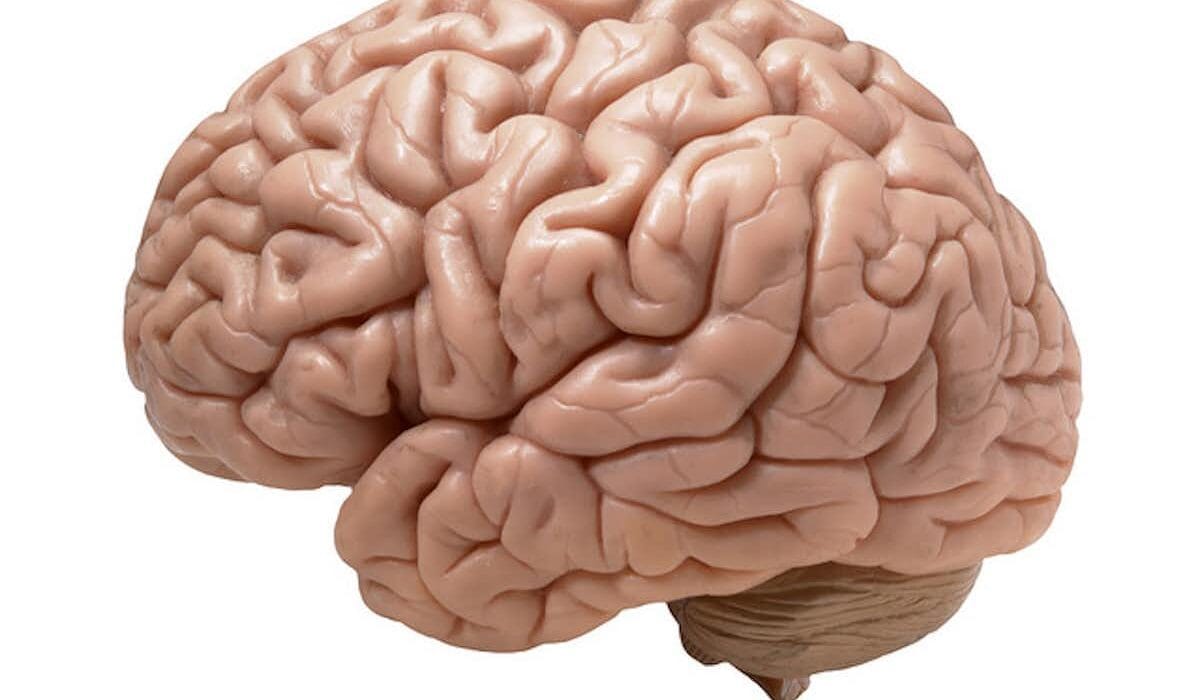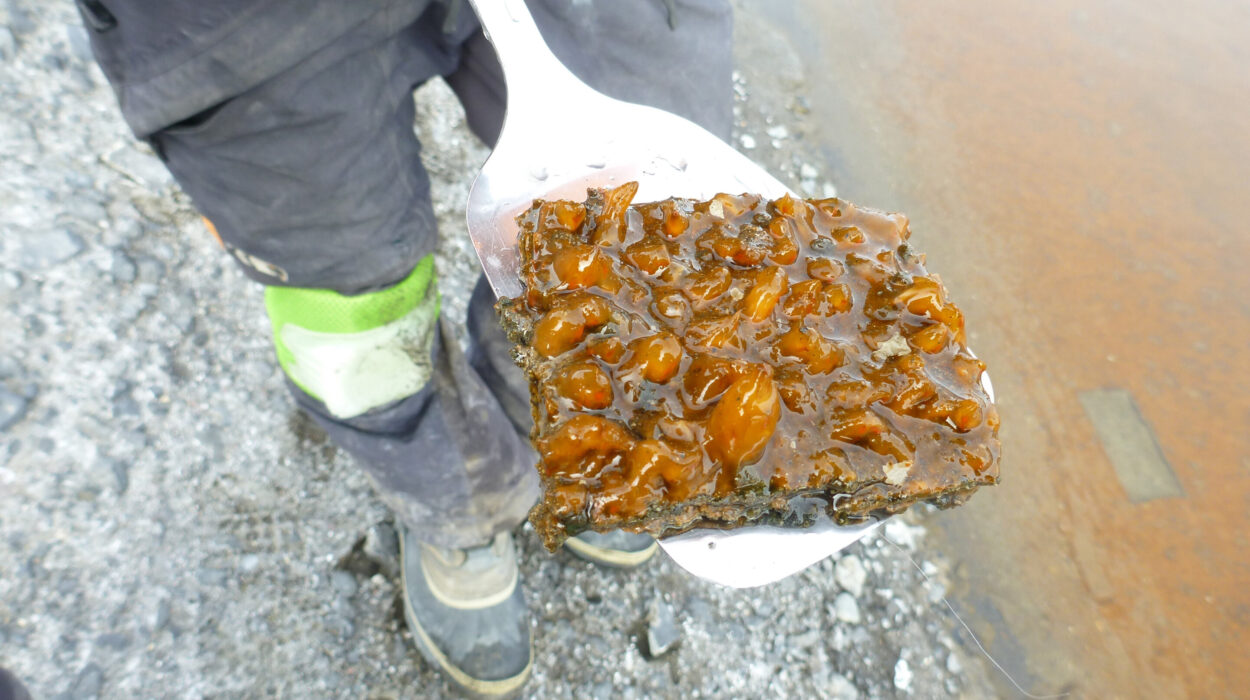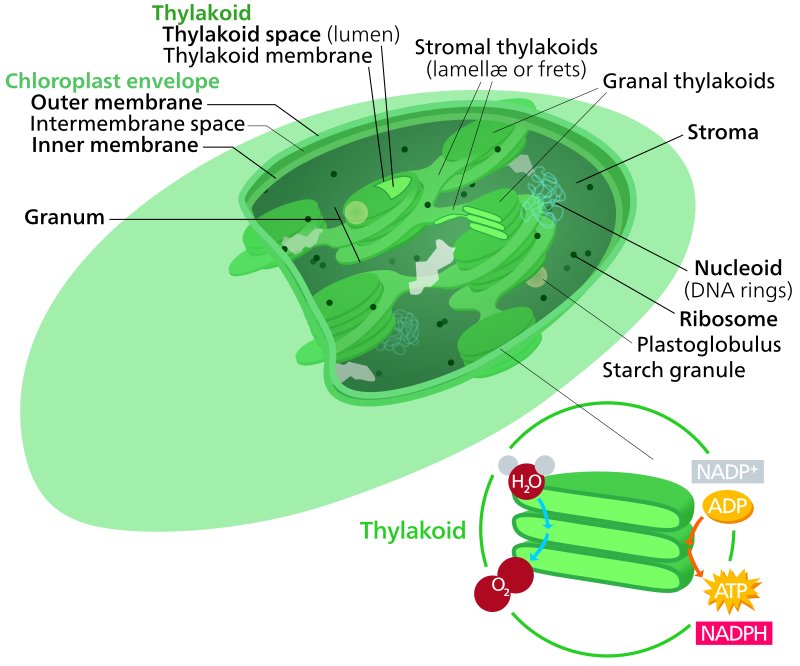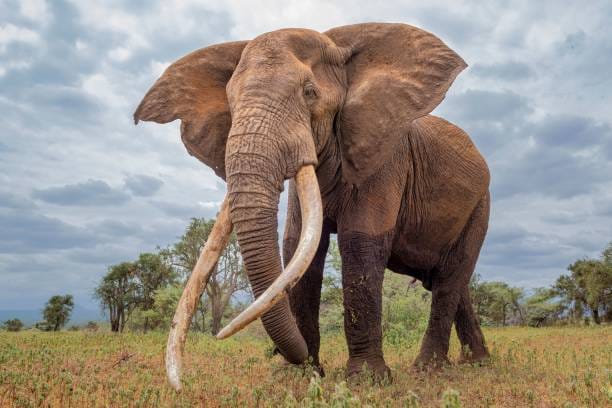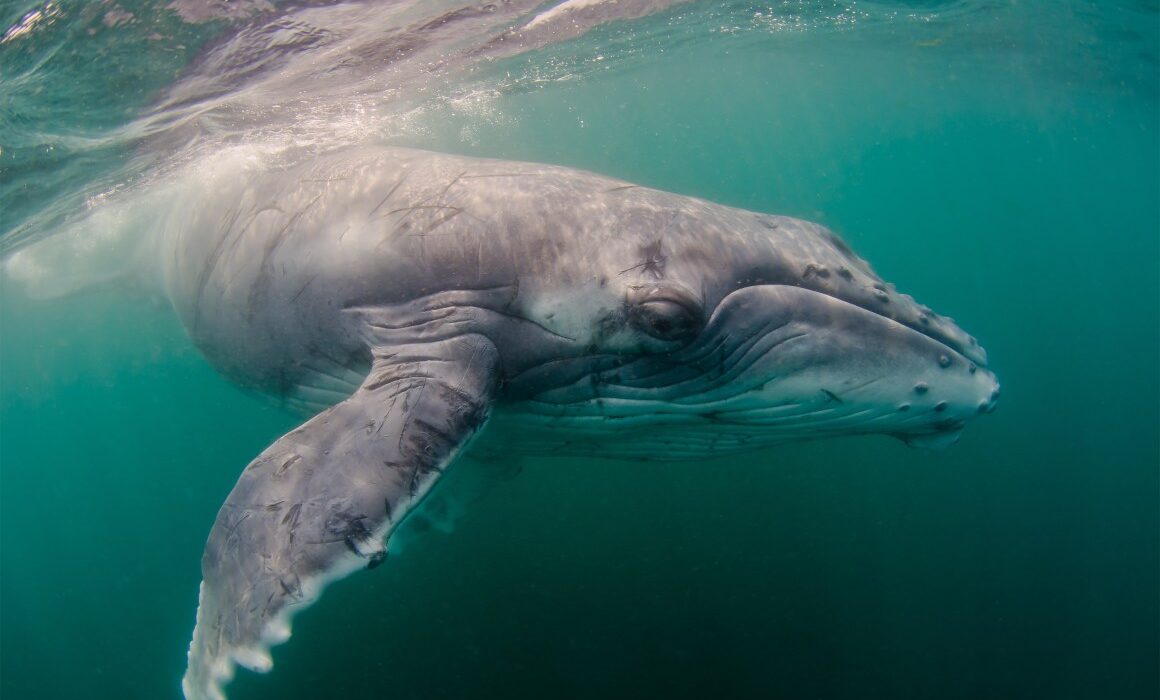In a world where the microscopic reigns silently, the emergence of a new virus is like the lighting of a match in a dark forest. One spark, if uncontained, can consume lives, economies, and the delicate balance of societies. It is a lesson humanity has learned time and again, from the 1918 Spanish flu to HIV/AIDS, SARS, Ebola, and most recently, the COVID-19 pandemic. The twenty-first century has become an age of emerging viral diseases—an era where the borders between species, ecosystems, and countries are thinner than ever.
These viruses do not announce their arrival with drumbeats. Instead, they emerge quietly, almost imperceptibly, before making themselves known in the most devastating ways. Yet, in the face of such stealth and unpredictability, humanity is not powerless. One of our most formidable allies in this battle is microbiology—the science of life too small to be seen with the naked eye.
Microbiology allows us to understand the very essence of viruses: what they are, how they evolve, how they spread, and most importantly, how we can stop them. It is through this microscopic lens that we learn how to anticipate the unexpected, build vaccines in record time, and trace the genetic fingerprints of outbreaks across continents. Emerging viral diseases will continue to threaten us, but microbiology gives us the tools not just to survive, but to be prepared.
The Fragile Balance Between Host and Virus
Viruses have existed for billions of years. They predate human civilization, mammals, even complex multicellular life. In fact, some scientists believe viruses were among the earliest forms of life—or perhaps not life at all, depending on how we define it. These tiny entities, which cannot replicate on their own, instead hijack the machinery of living cells to reproduce, often with devastating consequences for their hosts.
Most viruses are harmless or even beneficial. They help regulate microbial ecosystems and may have driven evolutionary innovations. But the ones that make the headlines—the ones that leap from animals to humans and cause pandemics—remind us of how precarious our relationship with nature truly is.
Zoonotic diseases, which spill over from animals to humans, represent the majority of emerging viral infections. The dynamics of human encroachment into wild ecosystems, climate change, and the wildlife trade have all accelerated the pace of these spillovers. Each interaction, each intrusion into a once-remote forest or jungle, opens a new doorway for viruses to leap species.
When a virus successfully crosses the species barrier and finds fertile ground in the human body, the outcome can range from mild to catastrophic. What determines its fate is not just its biology, but ours—the vulnerabilities in our immune systems, the density of our populations, the connectivity of our cities, and the readiness of our scientific infrastructure.
Understanding the Enemy: What Makes a Virus “Emerging”?
Emerging viruses are defined not only by novelty but by unpredictability. They may be entirely new to humans, like the SARS-CoV-2 virus that caused COVID-19, or they may be familiar foes reappearing in new regions, like Zika and Chikungunya. Sometimes, old viruses resurface in unexpected forms, having mutated just enough to evade our immune defenses or jump across borders.
Three key characteristics make a virus “emerging”: its ability to infect humans, its capacity to spread from person to person, and its potential to cause serious illness. A virus that fulfills all three conditions becomes a global concern. But these threats often start as whispers—odd clusters of pneumonia in a market town, mysterious fevers in a rainforest village, or unexpected deaths in remote hospitals.
Detecting these whispers and understanding their implications is where microbiology becomes crucial. Virologists, epidemiologists, molecular biologists, and geneticists form the first line of defense, identifying the unknown and decoding its nature before it can spiral out of control.
The Role of Microbiology in Early Detection
The moment a new virus begins to spread, time becomes the most precious resource. Early detection can mean the difference between containment and catastrophe. Microbiology offers the tools to detect, diagnose, and characterize emerging viruses quickly and accurately.
One of the most powerful tools in this arsenal is genomic sequencing. When a new virus is isolated, its genetic material—whether RNA or DNA—is rapidly sequenced to understand its structure and function. This allows scientists to determine the virus’s origin, how it binds to human cells, how quickly it mutates, and how closely related it is to known viruses.
For instance, within weeks of the first reported cases of COVID-19, Chinese scientists had sequenced the virus’s genome and shared it with the global scientific community. This unprecedented speed allowed laboratories worldwide to begin work on diagnostic tests and vaccines before the outbreak reached pandemic proportions.
Microbiology also enables the development of sophisticated diagnostic tools like RT-PCR tests, antigen tests, and next-generation sequencing platforms. These tests allow health professionals to detect infections in individuals, track the spread in populations, and identify mutations that may affect vaccine efficacy.
Tracing Outbreaks with Molecular Epidemiology
Every virus leaves a genetic signature—a molecular fingerprint that scientists can use to trace its origins and map its transmission. Through a branch of microbiology called molecular epidemiology, researchers compare viral genomes from different patients to determine how a virus is evolving and spreading.
This genetic sleuthing was critical in the fight against Ebola in West Africa and Zika in the Americas. By analyzing the mutations in viral genomes, scientists could identify “super-spreader” events, track how the virus entered new countries, and even pinpoint the moment it jumped from animals to humans.
Molecular epidemiology does more than reconstruct the past. It also helps predict the future. By identifying dangerous mutations early—like those that might make a virus more transmissible or resistant to treatment—scientists can issue warnings and adjust public health responses accordingly.
Vaccines and the Microbial Arsenal
Vaccines represent one of the greatest triumphs of microbiology. From the eradication of smallpox to the control of measles and polio, vaccines have saved hundreds of millions of lives. But emerging viruses challenge the traditional vaccine development model, which often takes years or even decades.
The COVID-19 pandemic marked a turning point. Leveraging decades of microbiological research, scientists developed vaccines in under a year using novel platforms like mRNA and viral vectors. These technologies, built on a deep understanding of viral structure and immune responses, allowed for faster, more adaptable vaccines than ever before.
Microbiology also helps refine existing vaccines and design boosters that target new variants. Surveillance systems track mutations in circulating viruses, and microbiologists use this data to update vaccines much like annual flu shots are reformulated based on the latest strains.
But beyond vaccines, microbiology also fuels the development of antiviral drugs, monoclonal antibodies, and immune-modulating therapies—all of which are critical in the early stages of an outbreak when vaccines are still in development.
How Microbes Teach Us to Prepare
Microbiology doesn’t just respond to pandemics—it helps prevent them. By studying viruses in wild animals, scientists can identify those with the potential to infect humans, long before an outbreak occurs. These “pre-emergent” viruses are cataloged in global databases, where researchers monitor their evolution and behavior.
For example, the PREDICT program, funded by the U.S. government, has discovered hundreds of novel viruses in bats, rodents, and primates—many of which resemble known human pathogens. This proactive approach to virus hunting allows for risk assessments and early warning systems.
In laboratories around the world, microbiologists run simulations, create synthetic versions of dangerous viruses (under strict biosafety protocols), and test how they might spread. These controversial but valuable experiments aim to understand what makes a virus dangerous and how best to counteract it.
Preparedness also means building public health infrastructure: diagnostic labs, disease surveillance networks, and rapid response teams. Microbiologists train health workers, advise governments, and help shape pandemic response strategies based on scientific evidence and real-time data.
The Ethical Dimensions of Microbial Research
The power of microbiology comes with profound responsibility. The same knowledge that enables vaccine development can also be used to engineer viruses for harm. This dual-use dilemma has sparked ethical debates and international treaties to prevent biological weapons and ensure transparency in microbial research.
Ethical microbiology also involves respect for human subjects, informed consent in vaccine trials, and equitable access to treatments and diagnostics. The COVID-19 pandemic highlighted vast inequalities in vaccine distribution, reminding us that science must be guided by ethics, not just innovation.
Moreover, microbiologists face ethical decisions in communicating risk. Too much alarm can cause panic; too little can lead to complacency. Navigating this balance—between urgency and responsibility—is as much an art as it is a science.
The Role of Global Collaboration
Viruses do not respect borders. An outbreak in one country can become a global crisis within days. Microbiology, therefore, must be a global endeavor. International cooperation is essential for sharing data, specimens, technology, and expertise.
Organizations like the World Health Organization (WHO), the Coalition for Epidemic Preparedness Innovations (CEPI), and the Global Virome Project bring together scientists from around the world to monitor threats and develop countermeasures. Collaborative platforms like GISAID allow for the rapid sharing of genomic data, enabling real-time tracking of viral evolution.
During COVID-19, collaboration accelerated scientific discovery at an unprecedented rate. Vaccines were developed in record time because researchers shared their findings openly. But the pandemic also exposed geopolitical tensions, vaccine nationalism, and supply chain fragilities—challenges that must be addressed before the next crisis.
The Future: Living with Viral Uncertainty
The truth is sobering: we will never eliminate all viruses. The natural world is teeming with them, and our interconnected world creates endless opportunities for new ones to emerge. But microbiology teaches us that we do not need to fear the unknown—we need only to understand it.
In the coming decades, artificial intelligence, machine learning, and big data will merge with microbiology to predict outbreaks with greater accuracy. Portable genetic sequencers, wearable biosensors, and smartphone diagnostics will bring lab-level detection to the field and the home.
Synthetic biology may one day allow us to design universal vaccines or engineer microbes that neutralize viruses in the body. The possibilities are vast, and so is the responsibility to use them wisely.
Microbiology is not just a field of science—it is a living testament to human resilience, curiosity, and compassion. It reminds us that even in the smallest forms of life, we can find the keys to our survival.
A Final Reflection: Hope in the Face of Microscopic Adversaries
Each time a new virus emerges, it tests more than our immune systems—it tests our values, our systems, our willingness to listen to science. But it also reveals something powerful: the astonishing ability of human beings to learn, adapt, and rise.
Through microbiology, we have transformed fear into knowledge, and knowledge into action. We have peered into the invisible, charted its mysteries, and bent it toward the service of life. The work is far from over, and the challenges ahead are real. But thanks to the work of countless microbiologists—those in labs, in jungles, in hospitals, and in classrooms—we are more prepared than we have ever been.
Viruses may be eternal, but so too is our drive to understand them. And that, perhaps, is the greatest antidote of all.

